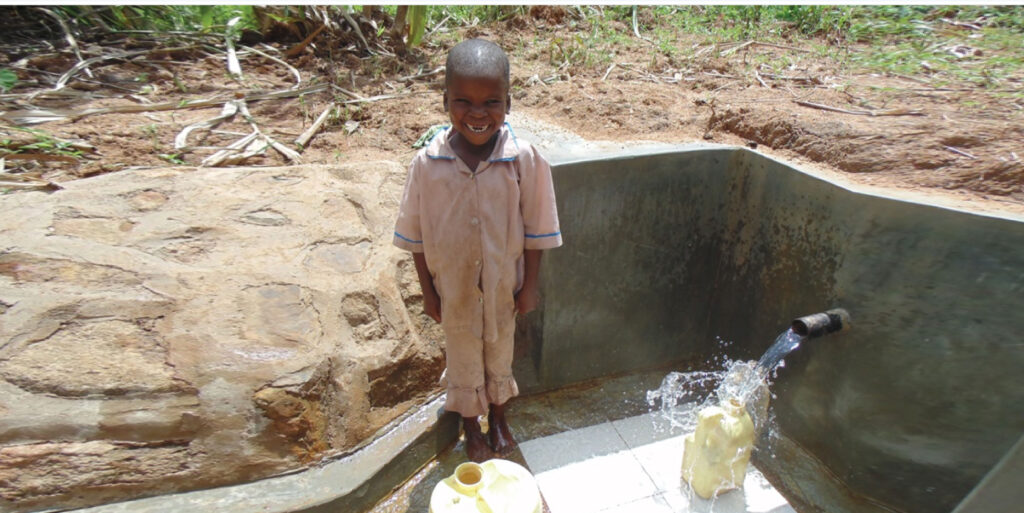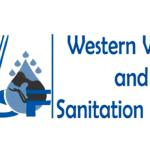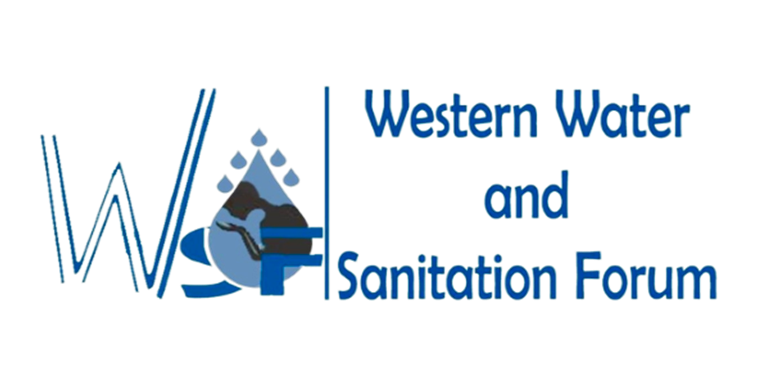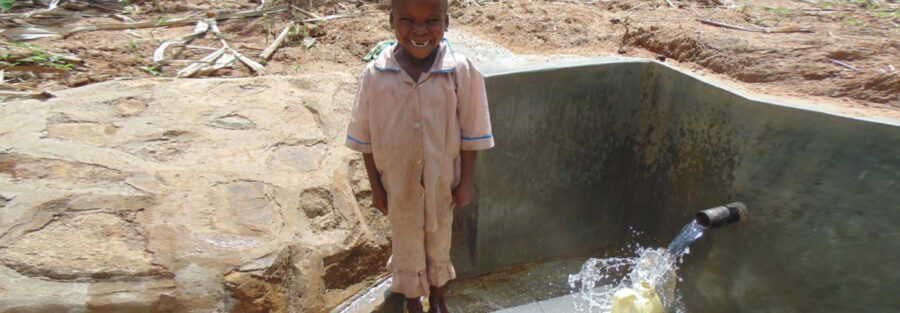At first look, this community may seem to have an adequate number of latrines. At least 50-75% of households have at least one pit latrine. However, sanitation is still a big problem since the majority of latrines are not safe. The remaining quarter of families have no latrine at all. In fact, those with older latrines will resort to open defecation in order to avoid the dangerous wood floors. “During the rainy seasons most of the fecal waste is being washed into the spring area but we have no much control over this since some people have not appreciated the value of having a facility for safe feces disposal,” an old mama admitted regrettably. Open defecation is an obvious source of contamination for Esilaba Spring’s water, but is also an obvious source of reported foot-to-mouth diseases.
Less than 25% of households have tools like a dish rack or clotheslines, opting to air utensils and clothes out on the ground. Less than 25% of households have a bathing room to maintain physical hygiene. Lastly, less than 25% of households have any form of hand-washing station. It is obvious that these community members will greatly benefit from the hygiene and sanitation training that highlights the importance of the above facilities.




2 Comments
Riva Collins
It’s no secret that the digital industry is booming. From exciting startups to need ghor
global and brands, companies are reaching out.
Obila Doe
It’s no secret that the digital industry is booming. From exciting startups to need ghor hmiu
global and brands, companies are reaching out.